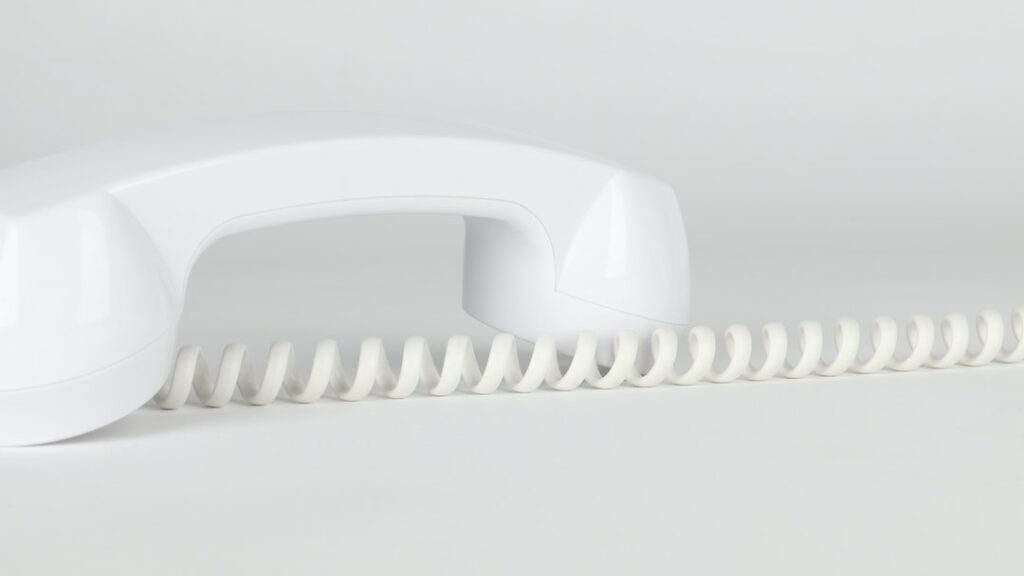
When your customers call your business, you don’t want them to get the wrong number. If you want to ensure business continuity, you should retain your phone number. Number porting is an important feature when you switch to a VoIP service. Let’s look at the details of the VoIP number porting process.
Are you worried about the number porting process? At SE Telecom, we can help you overcome any hesitations about the porting process. Contact us today!
What You Need To Know About VoIP Number Porting
You don’t have to give up your telephone number when you change service providers – as long as you stay in the geographic location. According to the rules set by the FCC, phone numbers are portable between telephone providers in the same area.
Your geographical area is also called the rate center, and it is used to determine your area code and phone number. If you stay in the region, you can port your number to another carrier.
Switching carriers is easy, and when you can port your number, you will not have to print new business cards or update your customers. With that in mind, VoIP number porting is an excellent way to lower your costs without dealing with any hassles.
Related: VoIP vs. Landlines: How To Find the Best Phone System
How Does Porting Work?
Before you start the VoIP porting process, there are a couple of things that you should know.
Speak To Your New VoIP Service Provider
When speaking to your next provider, always let them know that you need to port numbers over to the new service. They might have to add it to the scope of work, and you may be required to pay an additional porting fee. However, some providers may port your number for free.
Maintain Your Current Service
You might be excited about the new service, but don’t close your existing account. You need to keep that current phone service to port the number. It is essential to wait for a successful transition. Once the porting is complete, all of your numbers will switch to the new provider. If you end your current service too early, you could cause delays in the porting process.
Gather Your Account Information for an LOA Authorization
According to the FCC’s rules, your former vendor must allow you to port the number. Even if you have an outstanding balance on the terminated contract, you must be allowed to port the number. The company will need to know that the request is coming from you. Your Letter of Agency (LOA) must contain all your account information.
You should collect all of your past bills and statements to move your phone number quickly. You may have to set aside some time to be available for the VoIP porting team. They could call you to review account information, such as social security numbers, EIN/tax identification, or PINs. Once again, do not disconnect your existing phone service until the number has been successfully ported.

VoIP Number Porting Requirements
After you have signed the contractor, you will need to give the vendor some information for the porting process. You should provide:
- Existing phone numbers, including extensions
- Letter of Authorization to allow the new provider to act on your behalf for the porting process
- Old account number and former provider information
- Copy of a current phone bill
Related: The Pros and Cons of VoIP: Should You Switch?
VoIP Number Porting Complications
While the porting process is relatively straightforward, there can be complications. There are two types of issues facing VoIP number porting.
The Number Is Not Portable
Yes, the FCC requires that number be portable, but there are some cases where you can run into an issue, such as:
- The new provider does not offer coverage in your area
- Your number is no longer in service
- There is no interconnect agreement between the telephone carrier and VoIP provider
Unfortunately, you may have to find another number in these scenarios.
Other Errors
With a non-portable number, you may be out of luck. However, with these problems, they are fixable, but it can take time to port your number. These issues include:
- The phone line is DSL, and those numbers can only be ported if the provider allows a dry loop (telephone line without an associated dial tone).
- If you have a different name and address on the account, you might have to show additional proof to show ownership of the number.
- Toll-free number redirects will need extra time to complete the porting process.
- The old number is disconnected. It will take a few more steps to port a number if you have already terminated service from the other provider.
Many of these issues are inconvenient, but porting is still possible. Your new provider will have to take a few more steps to connect the number.
Related: What is Direct Inward Dialing (DID)?
How Long Does Number Porting Take?
Generally, the VoIP porting process is simple, and it will usually take between two to four weeks to complete. You will have to continue providing access to phones and making both outbound and inbound calls during this time. Once the process is completed, the new VoIP provider will inform you of the next steps.
Remember that specific numbers, like toll-free ones, will take longer for the process to complete. Your service should not be interrupted at this time.
After the number has been ported and the new VoIP provider handles your service, you can terminate the service with the old provider. Remember that the old provider will not block the port or retaliate against you. You may still have to pay termination fees or outstanding balances. Closing the account does not mean you can skip out on the final bill.

Take Your Number With You
The VoIP porting process is simple, and you should not let that stop you from switching to a new carrier for a lower rate and improved service.
Are you ready to make the switch to VoIP? At SE Telecom, we have plans and services to meet your needs and budget. Schedule a demo today!






